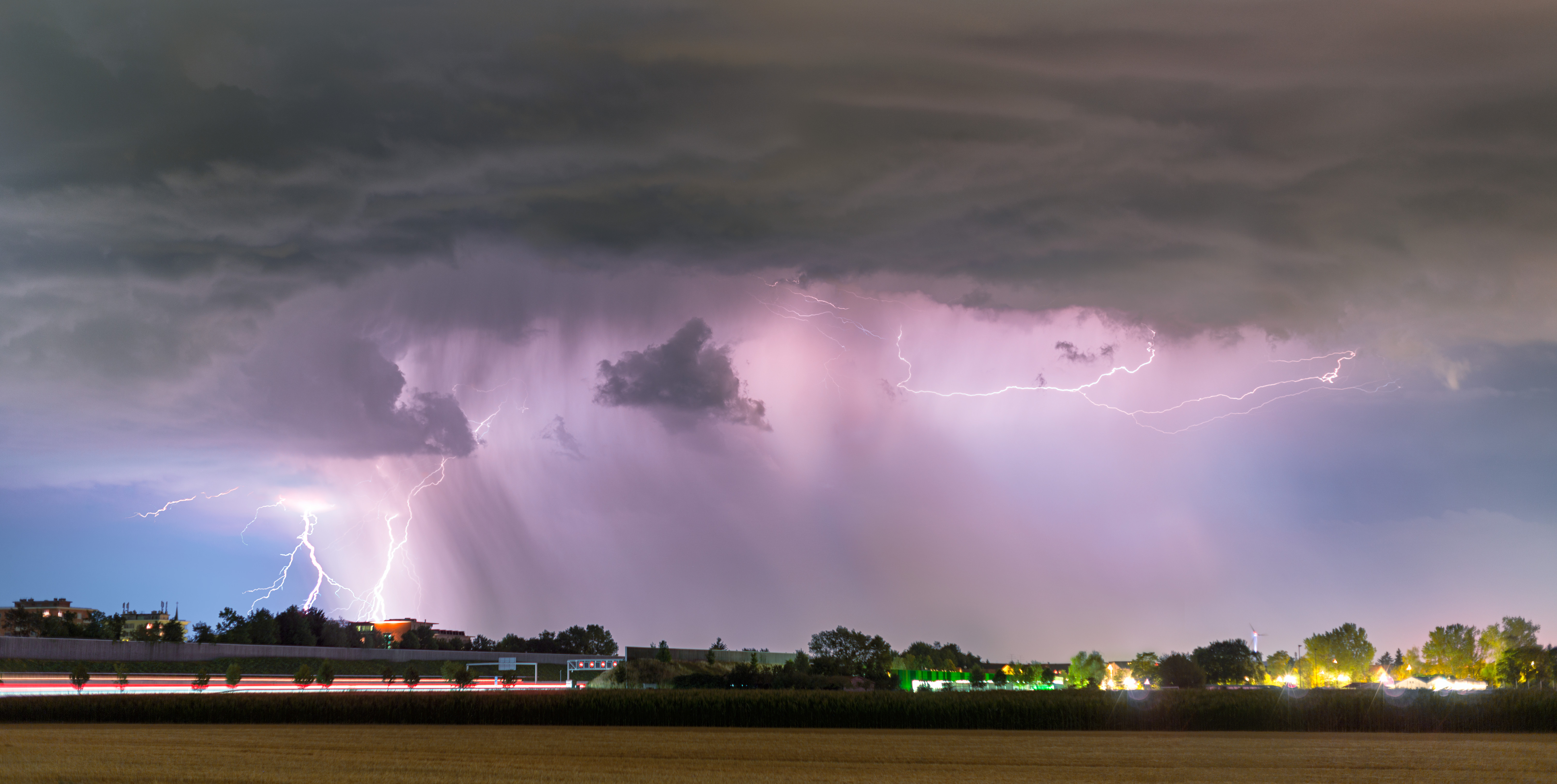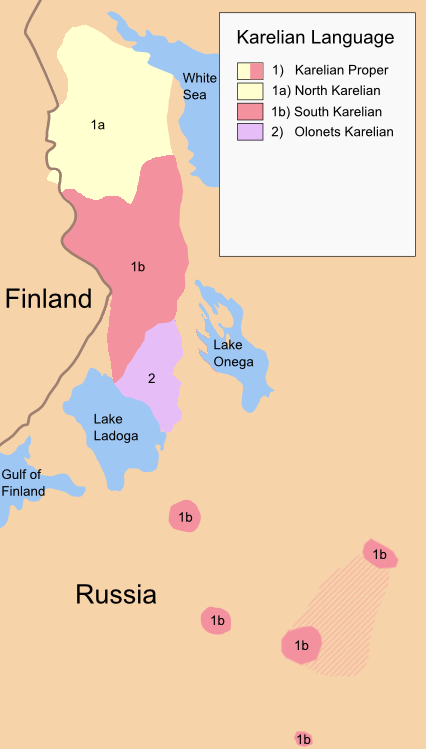|
Perkele
Perkele () is a Finnish word meaning "evil spirit" and a popular Finnish profanity, used similarly to English " god damn", although it is considered much more profane. It is most likely the most internationally known Finnish curse word. Origins The name is of Indo-European origin; Perkwunos is the reconstructed name of the god of thunder. Some researchers consider ''Perkele'' to be an original name of the thunder god Ukko, the chief god of the Finnish pagan pantheon, but this view is not shared by all researchers. There are related words in other Finnic languages: in Estonian, ''põrgu'' means hell, in Karelian ''perkeleh'' means an evil spirit. Introduction of Christianity As Finland was Christianized Christianization ( or Christianisation) is to make Christian; to imbue with Christian principles; to become Christian. It can apply to the conversion of an individual, a practice, a place or a whole society. It began in the Roman Empire, conti ..., the old Finnish deities ... [...More Info...] [...Related Items...] OR: [Wikipedia] [Google] [Baidu] |
Finnish Profanity
Profanity in Finnish is used in the form of intensifiers, adjectives, adverbs and particles. There is also an aggressive mood that involves omission of the negative verb ' while implying its meaning with a swear word.Eero Voutilainen. ''.'' Kotimaisten kielten tutkimuskeskus, 2008. Contemporary Finnish profanity often has old origins; several such words have Pagan roots that after Christian influence were turned from names of deities and spirits to profanity and used as such. In general, the etymology of Finnish swears can be traced either from these formerly religious words or from ancient Finnish words involving excretion or sexual organs or functions. Nowadays, few Finns know of the origins and intended original use of the words, though such definitions have since been compiled in ' ("the great dictionary of profanities").Jari Tammi, '. WSOY, 1993. People of countries neighboring Finland often consider Finnish swear words harsher than their own, and even use heavily misprono ... [...More Info...] [...Related Items...] OR: [Wikipedia] [Google] [Baidu] |
Damnation
Damnation (from Latin '' damnatio'') is the concept of divine punishment and torment in an afterlife for actions that were committed, or in some cases, not committed on Earth. In Ancient Egyptian religious tradition, citizens would recite the 42 negative confessions of Maat as their heart was weighed against the feather of truth. If the citizen's heart was heavier than a feather they would be devoured by Ammit. Zoroastrianism developed an eschatological concept of a Last Judgment called Frashokereti where the dead will be raised and the righteous wade through a river of milk while the wicked will be burned in a river of molten metal. Abrahamic religions such as Christianity have similar concepts of believers facing judgement on a last day to determine if they will spend eternity in Gehenna or heaven for their sin . A damned human "in damnation" is said to be either in Hell, or living in a state wherein they are divorced from Heaven and/or in a state of disgrace from God's fa ... [...More Info...] [...Related Items...] OR: [Wikipedia] [Google] [Baidu] |
Ukko
Ukko (), Äijä or Äijö (Finnish for 'male grandparent', 'grandfather', 'old man'), parallel to Uku in Estonian mythology, is the god of the sky, weather, harvest and thunder in Finnish mythology. Ukkonen, the Finnish word for thunder, is the diminutive form of the name ''Ukko''.Compare to English ''thunder'' (< ''þunor'') and ''donner'' (< ''donar'') both derived from ''*þunraz'' and originally synonymic with appellations of the |
Finnish Paganism
Finnish paganism is the indigenous pagan religion in Finland and Karelia prior to Christianisation. It was a polytheistic religion, worshipping a number of different deities. The principal god was the god of thunder and the sky, Ukko; other important gods included Jumo (Jumala), Ahti, and Tapio. Jumala was a sky god; today, the word "Jumala" refers to all gods in general. Ahti was a god of the sea, waters and fish. Tapio was the god of forests and hunting. Finnish paganism shows many similarities with the religious practices of related cultures, such as Estonian, Mordvin, Mari, Sami and other Eurasian paganism. It shares some features with its neighbouring Baltic, Norse and Germanic paganisms. The organic tradition was sidelined due to Christianization starting from ca. 12th century and finally broken by the early 20th century, when folk magic and oral traditions went extinct. Finnish paganism provided the inspiration for a contemporary pagan movement Suomenusko (Finnis ... [...More Info...] [...Related Items...] OR: [Wikipedia] [Google] [Baidu] |
Thunder Gods
Polytheistic peoples from many cultures have postulated a thunder god, the personification or source of the forces of thunder and lightning; a lightning god does not have a typical depiction, and will vary based on the culture. In Indo-European cultures, the thunder god is frequently known as the chief or King of the Gods, e.g. Indra in Hinduism, Zeus in Greek mythology, and Perun in ancient Slavic religion. Thunder gods Mediterranean * God in Abrahamic religions * Teshub (Hurrian mythology) * Adad, Bel, Ishkur, Marduk ( Babylonian-Assyrian mythology) * Baʿal, Hadad ( Canaanite and Phoenician mythology) * Set (Egyptian mythology) * Aplu (Hurrian mythology) * Tarḫunna (Hittite mythology) * Tarḫunz (Luwian mythology) *Vahagn (Armenian Mythology) *Zibelthiurdos (Thracian mythology) * Zeus (Greek Mythology) * Jupiter (Roman Mythology) * Northwestern Eurasia * Armazi (god) Georgian Mythology * Afi ( Abkhaz Mythology) * Ambisagrus, Loucetios (Gaulish mythology) * ... [...More Info...] [...Related Items...] OR: [Wikipedia] [Google] [Baidu] |
Evil Spirit
Evil, in a general sense, is defined as the opposite or absence of good. It can be an extremely broad concept, although in everyday usage it is often more narrowly used to talk about profound wickedness and against common good. It is generally seen as taking multiple possible forms, such as the form of personal moral evil commonly associated with the word, or impersonal natural evil (as in the case of natural disasters or illnesses), and in religious thought, the form of the demonic or supernatural/eternal. While some religions, world views, and philosophies focus on "good versus evil", others deny evil's existence and usefulness in describing people. Evil can denote profound immorality, but typically not without some basis in the understanding of the human condition, where strife and suffering (cf. Hinduism) are the true roots of evil. In certain religious contexts, evil has been described as a supernatural force. Definitions of evil vary, as does the analysis of its motiv ... [...More Info...] [...Related Items...] OR: [Wikipedia] [Google] [Baidu] |
Perkwunos
(Proto-Indo-European: ', 'the Striker' or 'the Lord of Oaks') is the reconstructed name of the weather god in Proto-Indo-European mythology. The deity was connected with fructifying rains, and his name probably invoked in times of drought. In a widespread Indo-European myth, the thunder-deity fights a multi-headed water-serpent during an epic battle, in order to release torrents of water that had previously been pent up. The name of his weapon, ', which denoted both 'lightning' and 'hammer', can be reconstructed from the attested traditions. Perkwunos was often associated with oaks, probably because such tall trees are frequently struck by lightning, and his realm located in the wooded mountains, '. A term for the sky, ', apparently denoted a 'heavenly vault of stone', but also 'thunderbolt' or 'stone-made weapon', in which case it was sometimes also used to refer to the thunder-god's weapon. Contrary to other deities of the Proto-Indo-European pantheon, such as (the sky-god), ... [...More Info...] [...Related Items...] OR: [Wikipedia] [Google] [Baidu] |
Balto-Finnic Languages
The Finnic (''Fennic'') or more precisely Balto-Finnic (Balto-Fennic, Baltic Finnic, Baltic Fennic) languages constitute a branch of the Uralic language family spoken around the Baltic Sea by the Baltic Finnic peoples. There are around 7 million speakers, who live mainly in Finland and Estonia. Traditionally, eight Finnic languages have been recognized. The major modern representatives of the family are Finnish and Estonian, the official languages of their respective nation states.Finnic Peoples at The other Finnic languages in the Baltic Sea region are Ingrian ... [...More Info...] [...Related Items...] OR: [Wikipedia] [Google] [Baidu] |
Estonian Language
Estonian ( ) is a Finnic language, written in the Latin script. It is the official language of Estonia and one of the official languages of the European Union, spoken natively by about 1.1 million people; 922,000 people in Estonia and 160,000 outside Estonia. Classification Estonian belongs to the Finnic branch of the Uralic language family. The Finnic languages also include Finnish and a few minority languages spoken around the Baltic Sea and in northwestern Russia. Estonian is subclassified as a Southern Finnic language and it is the second-most-spoken language among all the Finnic languages. Alongside Finnish, Hungarian and Maltese, Estonian is one of the four official languages of the European Union that are not of an Indo-European origin. From the typological point of view, Estonian is a predominantly agglutinative language. The loss of word-final sounds is extensive, and this has made its inflectional morphology markedly more fusional, especially with respect to no ... [...More Info...] [...Related Items...] OR: [Wikipedia] [Google] [Baidu] |
Hell
In religion and folklore, hell is a location in the afterlife in which evil souls are subjected to punitive suffering, most often through torture, as eternal punishment after death. Religions with a linear divine history often depict hells as eternal destinations, the biggest examples of which are Christianity and Islam, whereas religions with reincarnation usually depict a hell as an intermediary period between incarnations, as is the case in the dharmic religions. Religions typically locate hell in another dimension or under Earth's surface. Other afterlife destinations include heaven, paradise, purgatory, limbo, and the underworld. Other religions, which do not conceive of the afterlife as a place of punishment or reward, merely describe an abode of the dead, the grave, a neutral place that is located under the surface of Earth (for example, see Kur, Hades, and Sheol). Such places are sometimes equated with the English word ''hell'', though a more correct translatio ... [...More Info...] [...Related Items...] OR: [Wikipedia] [Google] [Baidu] |
Karelian Language
Karelian (North Karelian and Livvi Karelian: ; Ludic: ; Tver Karelian: ) is a Finnic language spoken mainly in the Russian Republic of Karelia. Linguistically, Karelian is closely related to the Finnish dialects spoken in eastern Finland, and some Finnish linguists have even classified Karelian as a dialect of Finnish, though in the modern day it is widely considered a separate language. Karelian is not to be confused with the Southeastern dialects of Finnish, sometimes referred to as ("Karelian dialects") in Finland. There is no single standard Karelian language. Each writer writes in Karelian according to their own dialectal form. Three main written standards have been developed, for North Karelian, Olonets Karelian (also known as Livvi Karelian) and Tver Karelian. Ludic Karelian also appears in writing. All variants are written with the Latin-based Karelian alphabet, though the Cyrillic script has been used in the past. Classification Karelian belongs to the Finnic branch ... [...More Info...] [...Related Items...] OR: [Wikipedia] [Google] [Baidu] |
Christianization
Christianization ( or Christianisation) is to make Christian; to imbue with Christian principles; to become Christian. It can apply to the conversion of an individual, a practice, a place or a whole society. It began in the Roman Empire, continued through the Middle Ages in Europe, and in the twenty-first century has spread around the globe. Historically, there are four stages of Christianization beginning with individual conversion, followed by the translation of Christian texts into local vernacular language, establishing education and building schools, and finally, social reform that sometimes emerged naturally and sometimes included politics, government, coercion and even force through colonialism. The first countries to make Christianity their state religion were Armenia, Georgia, Ethiopia and Eritrea. In the fourth to fifth centuries, multiple tribes of Germanic barbarians converted to either Arian or orthodox Christianity. The Frankish empire begins during this same per ... [...More Info...] [...Related Items...] OR: [Wikipedia] [Google] [Baidu] |
_-_WGA00472.jpg)



_-_1909.jpg)




